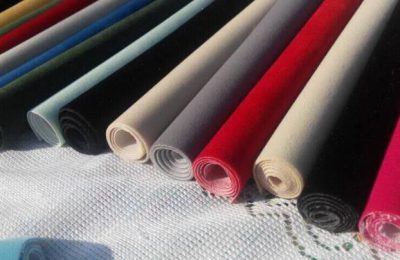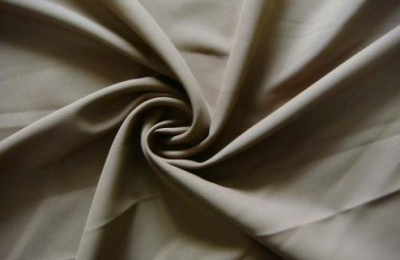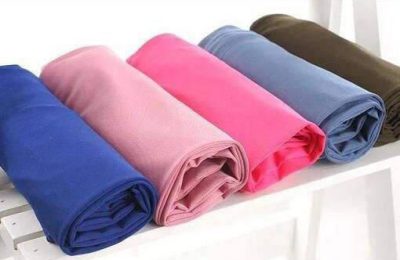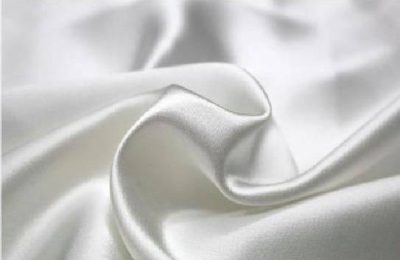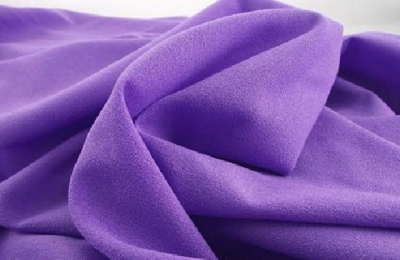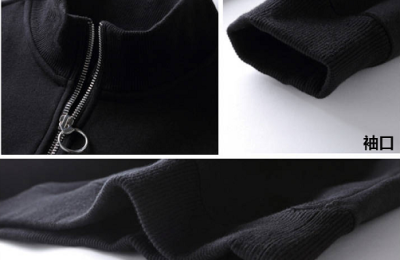The emergence of the new coronavirus has disrupted the medical-grade protection market.
How the protective industry can truly release its production capacity in the special period and how to deploy it to make up for the huge market gap have become a hot concern across the country.
Many high-tech companies have also joined in, and have developed a new high-tech material such as ptfe nanofilm.
Most of the common filter elements on the market use electrostatic adsorption to remove dust, which has a large ventilation volume. However, the one-time adsorption rate under high wind speed is low and requires multiple reciprocating filtration and adsorption. On the contrary, the one-time adsorption rate under light or gentle wind is low. higher.
The characteristic of electrostatic adsorption is that it cannot be used in humid environments and will lose effectiveness when exposed to water.
PTFE nanomembrane is made of polytetrafluoroethylene as raw material, which is expanded into a microporous film, and then the film is coated on various fabrics or paper substrates using a special process to make it into a new type of material.
The material must not only be moisture-wicking, breathable, and comfortable to wear, but also protect medical staff from infection by various contaminants such as viruses and bacteria during diagnosis and treatment, resist the intrusion of water, alcohol, and blood, and effectively resist the intrusion of water, alcohol, and blood. static electricity and even prevents dust from entering.
The PTFE nanomembrane produced by Suzhou PTFE filtration membrane manufacturer through mechanical stretching of PTFE material can ensure complete retention of bacteria and other impurities while having a large flux.
The material is resistant to high temperatures, strong acids and alkalis, and has wide chemical applicability. When used for gas filtration, it can achieve 100% retention of various phages, bacteria and particles above 0.02um.
</p



